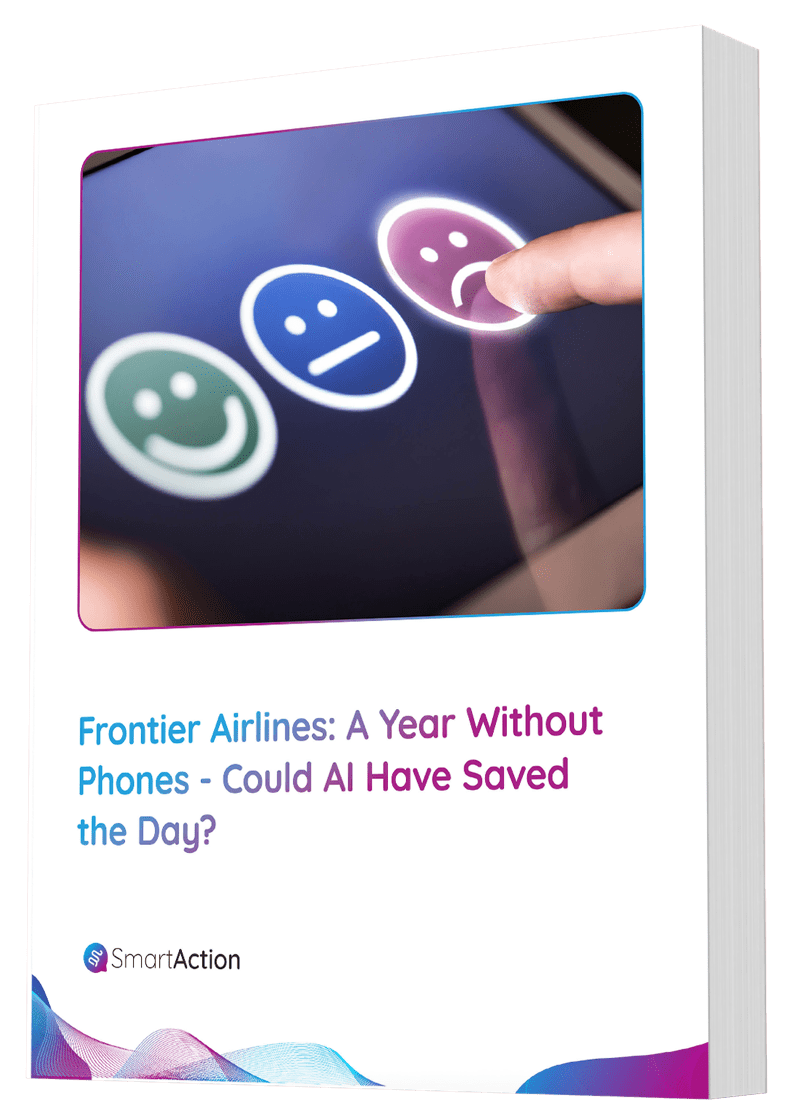Four Ways to Deliver Five-Star Self-Service Options
It’s not news that we live in a very customer-centric world. Just about every company has an objective to keep their customers happy. In order to meet that objective, they have to be willing to not only listen to their existing customers, but also make decisions by thinking like a customer. Thinking like the customer in 2015 and beyond means providing an option to self-serve – not like at a buffet or gas station, but when dealing with technology in general.
In an age where a majority of customers try to Google their support issues or ask Siri before they do anything else, it is important for companies to provide quick and painless options when they do make contact. This way, when the customer does decide to open a live chat or pick up the phone, they are able to get the answers to their questions without actually having to speak with a live agent. Convenience is now driving a change in service that does not only benefit the customer, but the company as well. Live service was the preference of the past; self-service is the way of the future. Quick, smart, and effortless self-service starts here. Here are four suggestions to help you place the focus of your self-service offering back on the customer.
1. Trim your tree
The tree of customer service options is tall and winding and filled with branches. Consider how many potential reasons a customer is contacting your company; it can sometimes be overwhelming. And that’s precisely how customers feel when dozens of options are laid out in front of them – overwhelmed! Knowing that your company’s self-service is robust, gives your customers the option to direct the conversation. Simply asking, “How can I help you today?” is far more customer-centric than, “Press 1 for this, press 2 for that…” or even, “Click here for X, click here for Y…” Trim the self-service tree and shed some light on what customers really want.
2. Know your customer
Naturally you have an idea about what type of customer you attract and what your target market looks like demographically – that’s not what we are getting at. Rather, know who your customer is and let him/her know that you know – without acting like “Big Brother”. Research and implement systems that can recognize customers right away, either by caller ID, account name, or other identifiers. Be sure to recall information from previous interactions with the customer, instead of asking the same questions over and over. If you treat your customers as individuals with specific questions and concerns and don’t make them start at the beginning each time, it demonstrates that you care about them and value their time.
3. Think like a customer
This should be fairly easy to do, considering you are a customer yourself. Can you recall more than one awful customer service experience? If you’re like most, all you can think about is how many other, better ways this company could provide service. It’s okay to use these crazy ideas you think of in frustration as starting points for developing self-service solutions. When you think like the customer, planning your self-service offering can be really innovative.
4. Keep it consistent
Most customers today have a smart phone that allows them to reach companies in a variety of ways from wherever they are. Having that technology in the palm of their hands, customers expect that when they ask a question, they will get an immediate answer that is the same answer regardless of channel. Further, if your customer contacts you on one channel, but ends up continuing the inquiry on another, the progress made should transfer with the customer and the customer experience should be seamless. By providing your customers with multiple options to get in touch with you, you empower them. But to provide them with a truly meaningful experience, their interactions across channels must be consistent and seamless.
Of all the customer service and support channels a company provides, the phone is still the most commonly used, especially for more specific or complex inquiries. It is also the channel that is getting the least investment recently for some reason. Our company deals exclusively with voice self-service applications, so while the above commentary is true across the board, they are particularly applicable to IVRs.
It seems like IVRs have been around forever and, more often than not, they have a bad reputation. At SmartAction, we don’t think that IVRs must have a bad reputation; in fact, we believe the opposite.
About the Author:
Michelle Thomas, Sales Operations Manager
Michelle is responsible for the development, implementation, and ongoing maintenance of programs and initiatives for the Customer Experience & Innovation Team. She has 10 years of sales and marketing experience, primarily in the technology and retail industries. She is a proud Torero (University of San Diego) alum with a BA in International Business.






